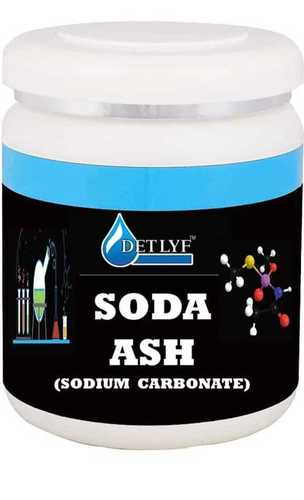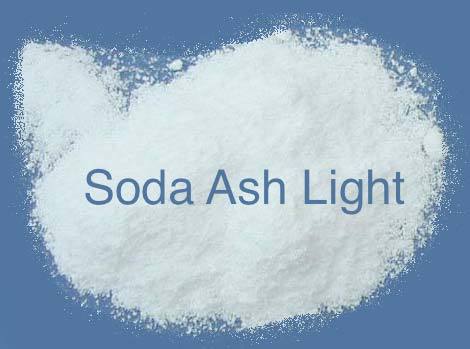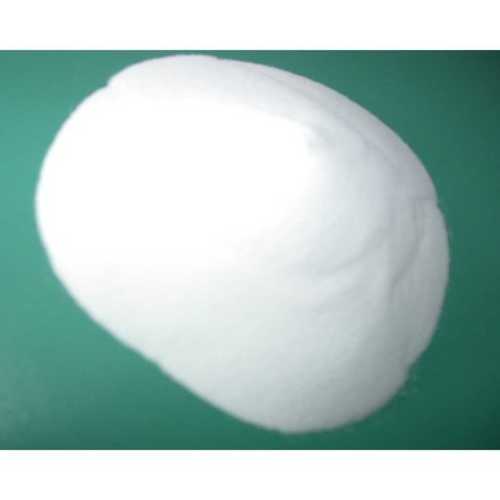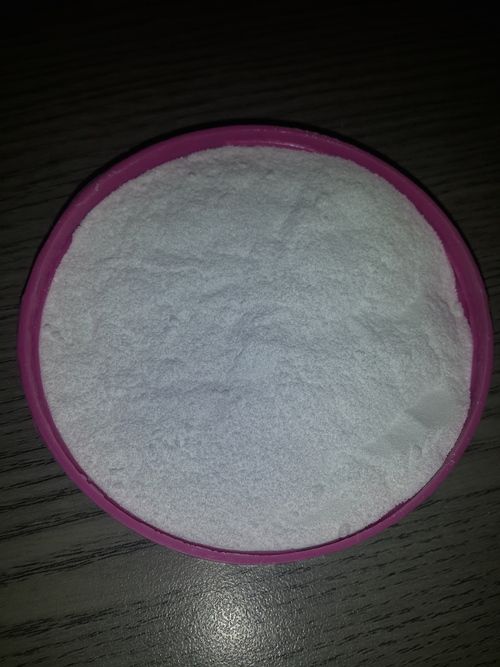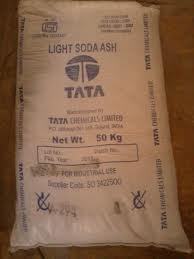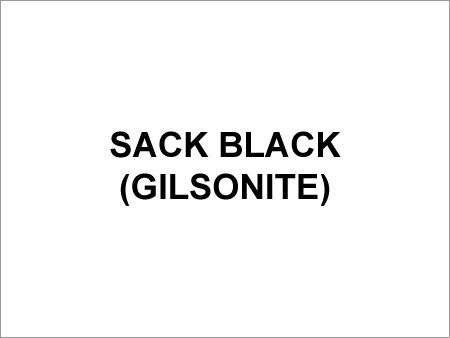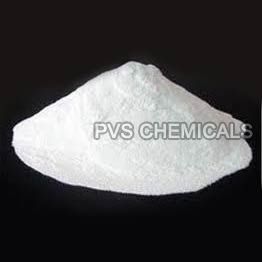Soda AshSoda Ash: SODA ASH is used in water-base muds as a source of carbonate ions to precipitate calcium, increase pH or flocculate spud muds. SODA ASH is the common name for sodium carbonate (Na2CO3). It is a weak base which is soluble in water and dissociates into sodium (Na) and carbonate (CO3) ions in solution.Typical Physical PropertiesPhysical appearance- White powderSpecific gravity- 2.51pH (1% solution) - 11.4Solubility @ 86OF (30OC)- 51 g/100 ml waterApplicationsSODA ASH is primarily used to reduce soluble calcium in water-base drilling muds and makeup waters. Other uses include increasing pH and flocculating spud muds. Calcium is present in many makeup waters and formations. It can cause flocculation of the mud resulting in increased rheology, gel strengths and fluid loss. High filtrate calcium will cause precipitation of calcium-sensitive additives such as the acrylic polymers POLY-PLUST (PHPA), SP-101T (SPA) and TACKLE,T which are the most sensitive. Cellulosic polymers POLYPACT (Polyanionic Cellulose) and Carboxy Methyl Cellulose (CMC) are only slightly calciumsensitive and tolerate moderate levels of filtrate calcium. Typical treatments of SODA ASH range from 0.25 to 2 lb/bbl (0.7 to 5.7 kg/m3), dependent on the calcium level and water chemistry of the drilling fluid. One pound (0.45 kg) of SODA ASH will remove the calcium from 1.283 lb (0.58 kg) of calcium sulfate (anhydrite). Treatments should be made on an incremental basis to prevent overtreatment which results in carbonate flocculation. Note: If significant quantities of soluble magnesium (>320 mg/l Mg2+) are present, such as in seawater (~1,300 mg/l Mg2+), use caustic soda to reduce the amount of magnesium prior to adding SODA ASH to reduce the soluble calcium concentration. The calcium precipitation chemical reaction is described as: Ca2+ + Na2CO3 CaCO3 + 2Na+ (9.7 < pH < 11.7) When using SODA ASH to reduce hardness: SODA ASH (lb/bbl) = Ca (mg/l) x 0.00093 x Fw Where: Fw = Water fraction from retort analysis (% water/100) In pure water, SODA ASH forms highly buffered solutions which range between a pH of 10.9 to 11.6 at concentrations of 0.21 to 30 lb/bbl (0.6 to 86 kg/m3).Carbonate ions begin being converted into bicarbonate (HCO3) ions when the pH decreases below 11.3. Figure 1 illustrates the pH-dependent equilibrium relationship of carbonate, bicarbonate and carbonic acidAdvantagesWidely available and an economic source of carbonate ions to precipitate calcium while increasing pHConcentrated chemical; effectively removes calcium in most drilling fluids at small treatment levelsEffective flocculant for spud mudsLimitationsIncreases pH and should not be used to treat contamination or higher pH fluids; is less soluble at high pHOver treatment results in carbonate contamination; even minor amounts of excess carbonate ions can cause large increase in yield point, gel strengths and fluid lossToxicity and HandlingBioassay information is available upon request. Handle as an industrial chemical, wearing protective equipment and observing the precautions as described on the Transportation and Material Safety Data Sheet (MSDS). SODA ASH is an alkaline material which may cause irritation to eyes, skin or respiratory tract. SODA ASH should be added slowly to the mud system either by mixing through the hopper or chemical barrel. Do not mix SODA ASH with other chemicals, especially acids, caustic soda or lime. When using a chemical barrel, mix SODA ASH into a full barrel of freshwater and provide adequate agitation Packaging and StorageSODA ASH is packaged in 50- and 100-lb (22.7- and 45.4-kg), multiwall, paper sacks. SODA ASH is a globally available commercial chemical; other package sizes include: 25, 30, 40, 50, 80 and 88 kg (55, 66, 88, 110, 176 and 194 lb) in various styles of paper or plastic sack containers. Store in a dry area away from water or acids.



